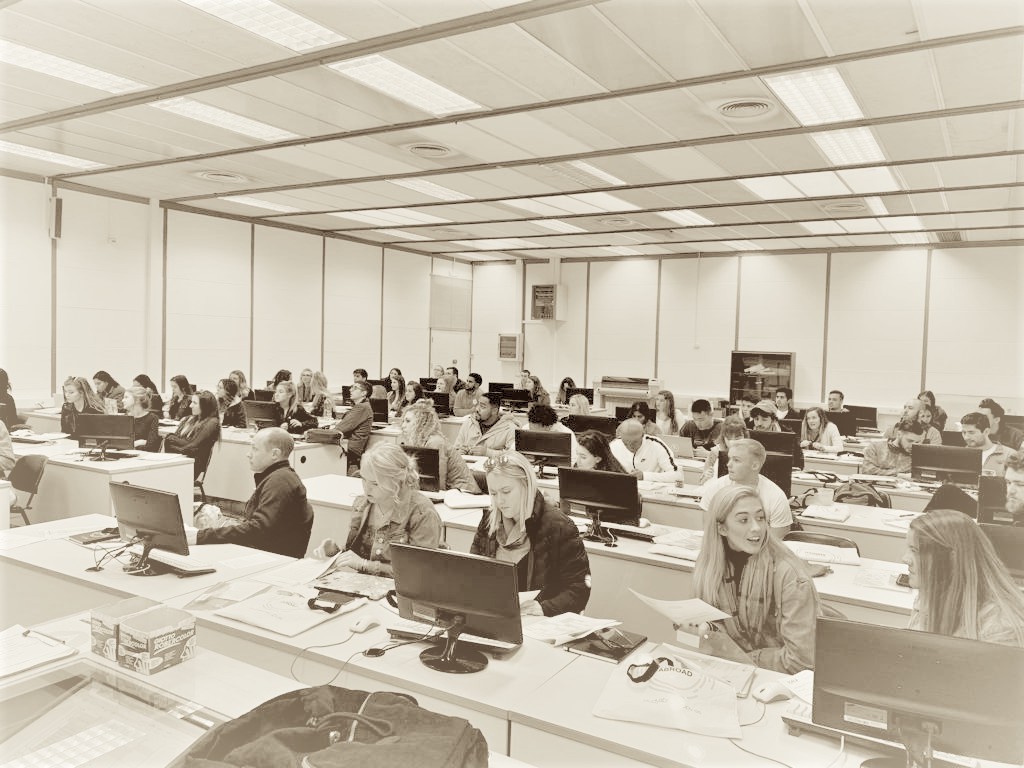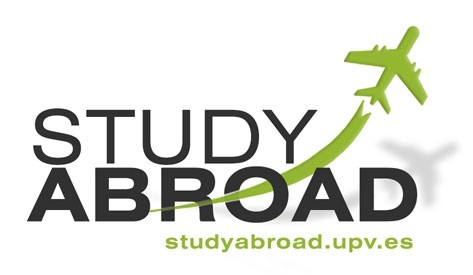
|
|

• Attendance
• Assessments
• Sexual Harassment Policy
• Students With Disabilities
• Academic Honesty Policy
• University Ombudsman
• Statement On Audio And Video Recording
• Syllabus Change Policy
Composition Spanish I
3 Credits | 300 Level | 45 Contact hours
SEPÚLVEDA, LUIS. (2006). Historia de una gaviota y del gato que le enseñó a volar. Tusquets editores.
This track is offered to students who have completed a year of college Spanish or its equivalent. They will learn to narrate in the main time-frames, as well as to use the subjunctive mood in the correct contexts.
The third part of the track focuses on writing, familiarizing the student with the conventions of different types of texts, such as description, narration, formal and informal letters or emails and expository essays.
Unidad 1. Narración. Referirnos a una noticia y comentarla. Transmisión de información: manifestar, declarar, etc. Política e historia.
Unidad 2. Ensayo expositivo. Dar nuestra opinión. Valorar opiniones. Ocio y turismo. Características de ciudades y pueblos.
Unidad 3. Dar consejos. Evocar situaciones imaginarias. Opinar sobre acciones y conductas. Deportes y tradiciones.
Unidad 4. Maneras de vivir. Ensayo argumentativo. Expresar causa y finalidad. Dar consejos y hacer propuestas. Hablar de sentimientos, carácter y personalidad. Tribus urbanas.
Unidad 5. Lugares con encanto. Descripción de ciudades. Hablar de creencias previas.
After the successful completion of Track II, the student will be able to
• Describe an incident or an accident making the main points clear in oral and written forms.
• Describe hypothetical situations or events, expressing probability and degrees of certainty in oral and written forms.
• Write about a variety of experiences in the past, combining description and narration and providing personal comments.
• Compose a text to provide his/her opinion regarding different controversial issues.
• Follow a process approach to writing, by organizing the information, drafting, revising content and form and finally, writing carefully edited compositions on a variety of topics
• Read short stories by local authors and interpret their cultural references.
• Examine the value of one´s own cultural beliefs, behaviors, and norms by contrasting and comparing them with those of the target language community.
• Exams: parcial: 20% + final:20% = 40%
• Compositions: 30%
• Homework: 10%
• Reading: 10%
• In-class participation: 10%
|
